Optimal Timing for Masonry Projects
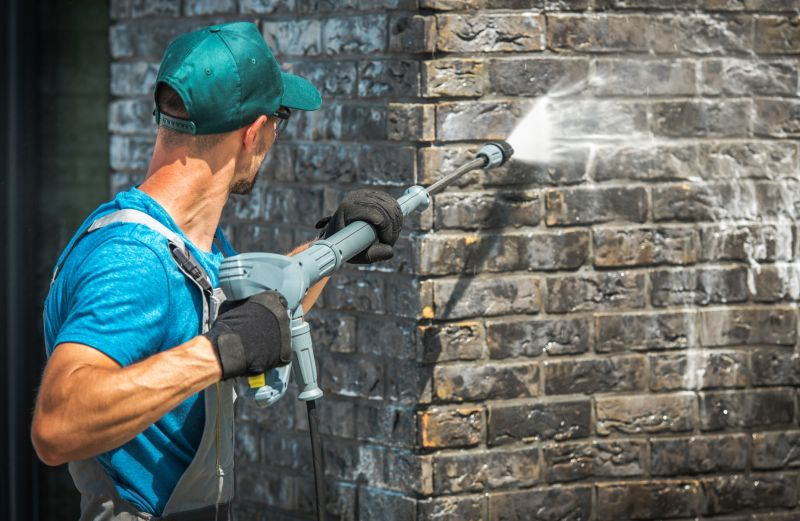
Spring is ideal for masonry work due to moderate temperatures and low humidity, which aid in proper curing.
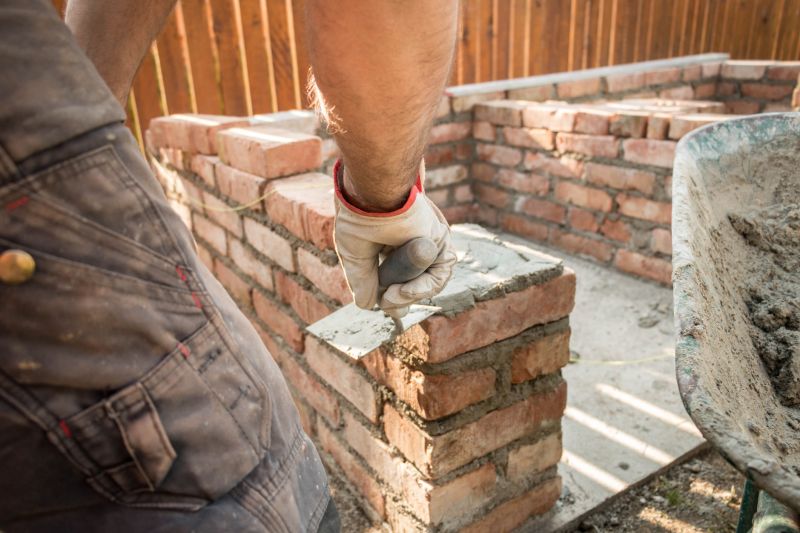
Summer offers longer daylight hours, but high temperatures can affect mortar setting; early morning or late afternoon work is recommended.
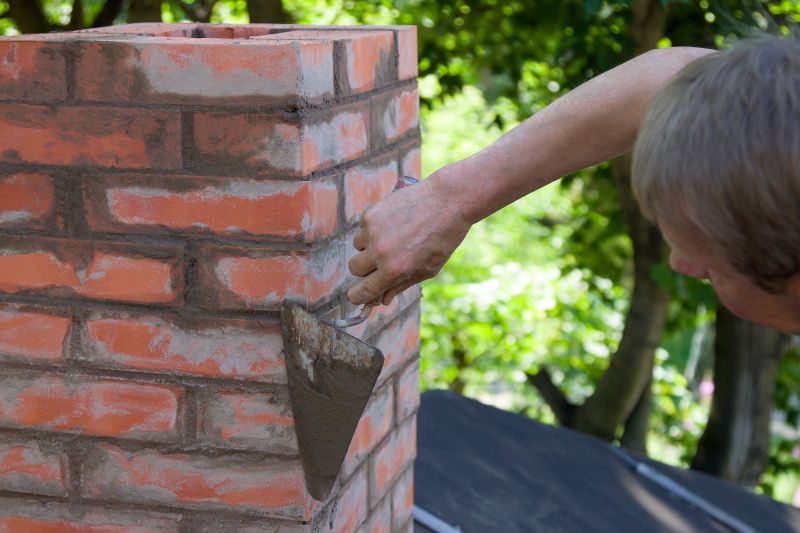
Fall provides cooler weather and less rain, making it suitable for repairs and installations before winter.

Winter is generally less favorable due to freezing temperatures, which can hinder mortar curing and cause damage.
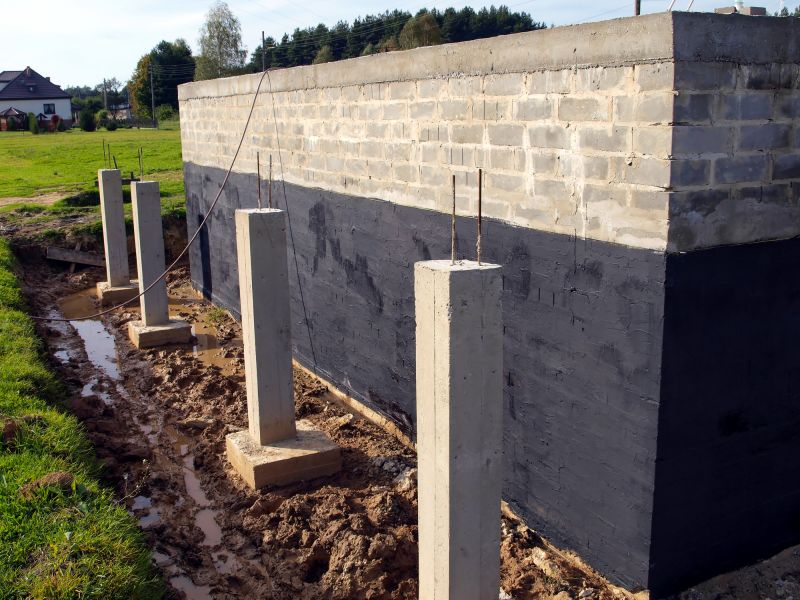
Spring and fall are considered the most suitable seasons for masonry services due to favorable weather conditions.

Consistent dry and moderate weather conditions are essential for successful masonry work and long-lasting results.
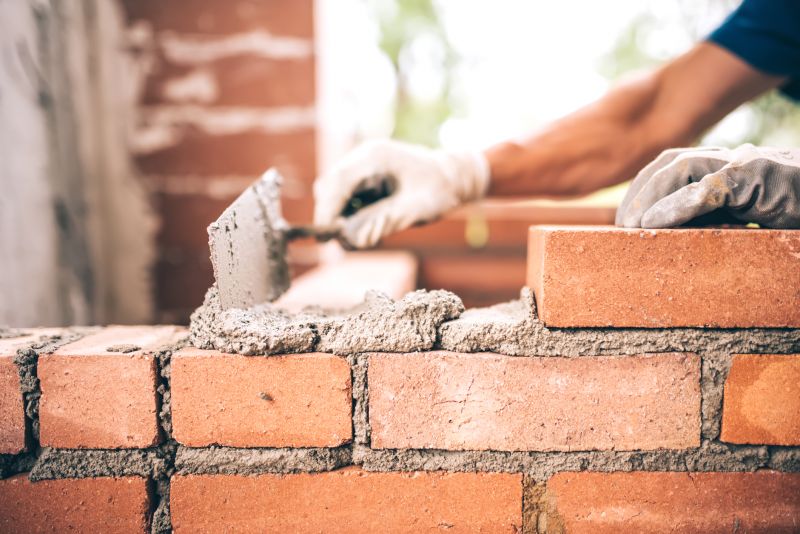
Ways to make Masonry Service work in tight or awkward layouts.
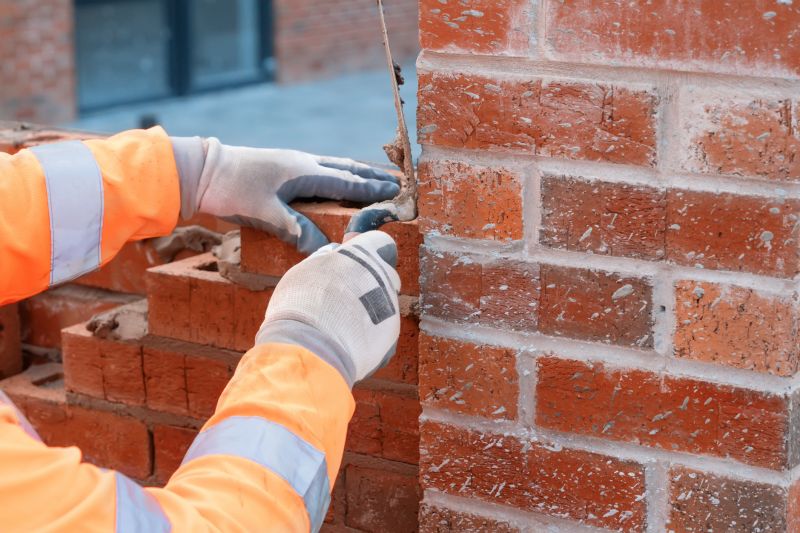
Popular materials for Masonry Service and why they hold up over time.

Simple add-ons that improve Masonry Service without blowing the budget.
Masonry service involves the construction, repair, and restoration of structures using materials such as brick, stone, and concrete. Proper timing ensures the longevity and durability of masonry projects. Seasonal considerations are crucial because weather conditions directly impact mortar curing and material integrity. For example, excessive moisture or freezing temperatures can compromise the quality of the work, leading to higher maintenance costs and structural issues over time.
Statistics indicate that scheduling masonry projects during optimal weather conditions can increase the lifespan of structures by up to 30%. Additionally, working in suitable seasons reduces the likelihood of delays and rework, resulting in more efficient project completion and cost savings. Understanding local climate patterns helps determine the best window for masonry service, ensuring quality results and customer satisfaction.
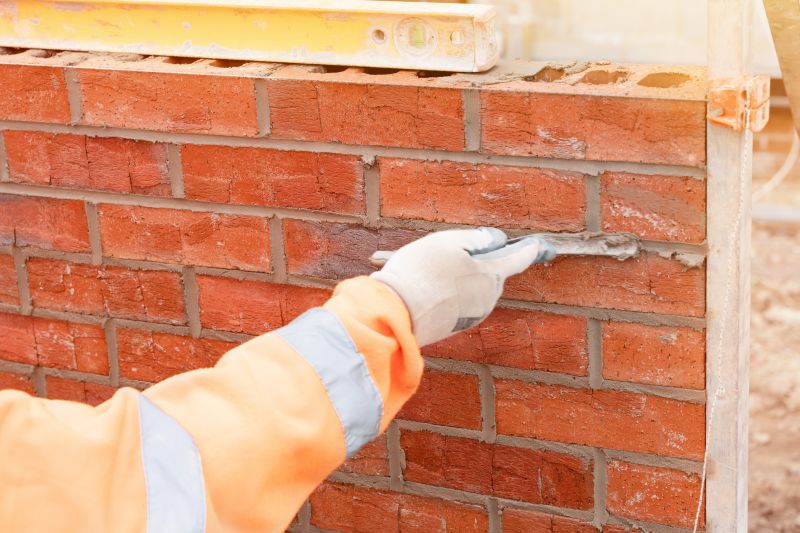
Restoring old brick and stone structures during favorable weather preserves their integrity and appearance.
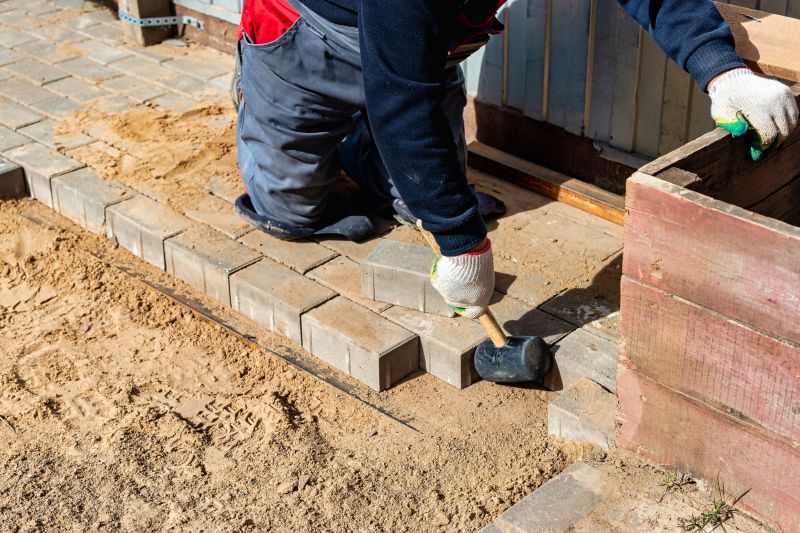
Installing new masonry features is best done in spring or fall for optimal mortar curing.
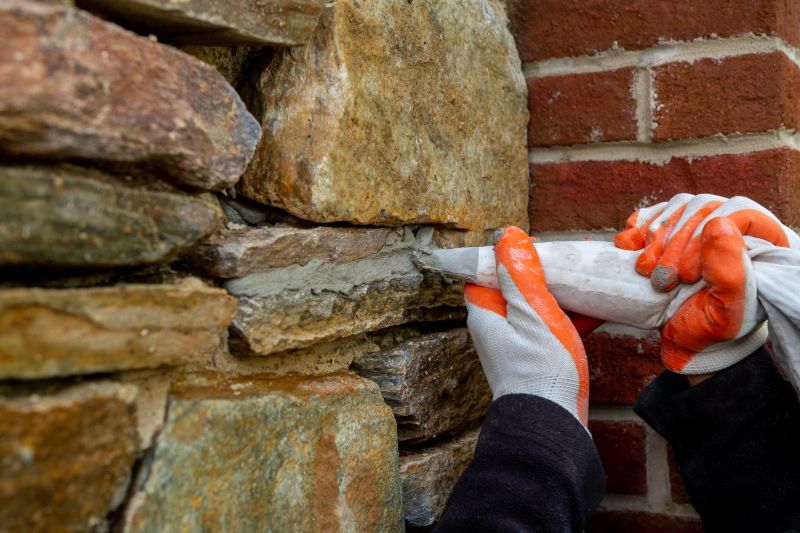
Planning projects around seasonal weather patterns ensures better results and longer-lasting structures.

Proper timing combined with weather-resistant materials enhances durability in various climates.

Temperature fluctuations and moisture levels influence the longevity of masonry work.
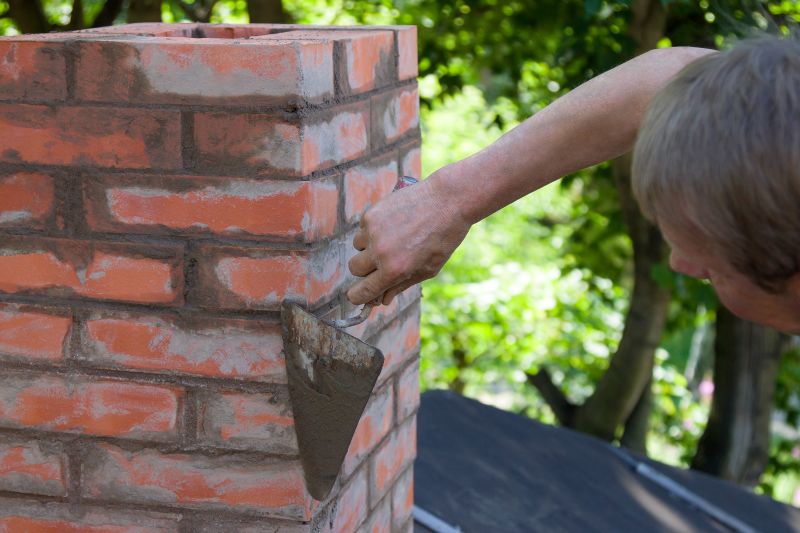
Routine inspections and repairs are most effective when scheduled during dry, mild weather.

Large-scale projects benefit from planning during seasons with predictable weather patterns.
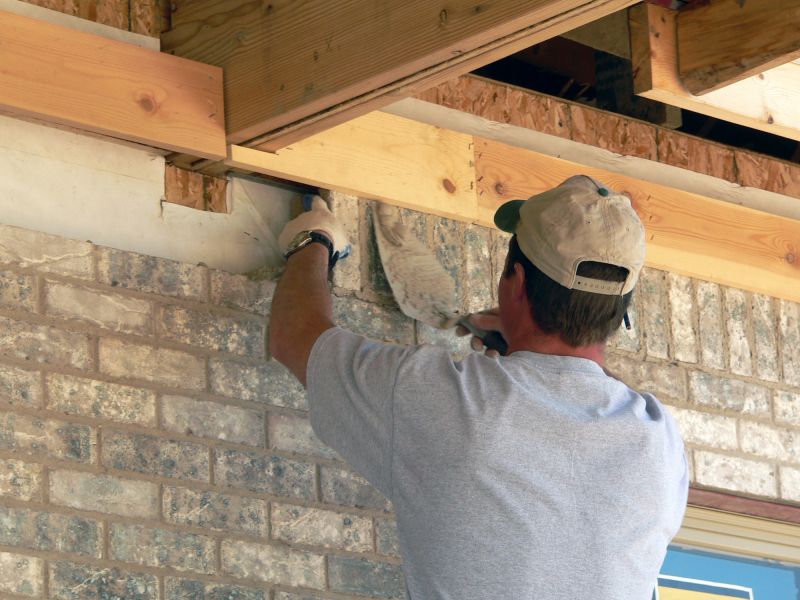
Choosing the right materials for the season can improve installation quality and lifespan.
| Season | Ideal Activities |
|---|---|
| Spring | Construction, repairs, restoration |
| Summer | Early morning or late afternoon work, repairs |
| Fall | Preparation for winter, repairs |
| Winter | Limited; focus on repairs in mild conditions |
| Optimal Seasons | Spring and fall for most projects |
| Less Suitable | Mid-summer heat and winter cold |
Engaging in masonry services during the appropriate seasons ensures that materials such as mortar and concrete cure properly, reducing the risk of cracking and structural failure. Proper timing also allows for better scheduling and resource allocation, minimizing delays caused by adverse weather conditions.
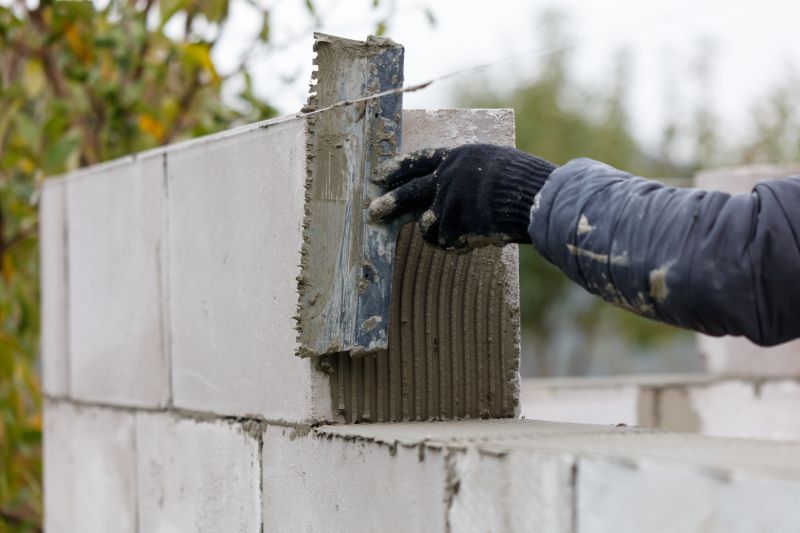
Spring's moderate temperatures support optimal curing and bonding of masonry materials.
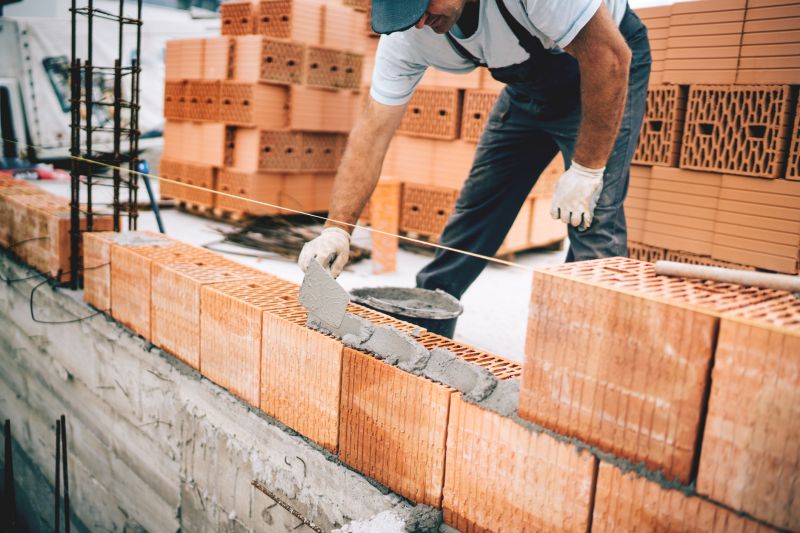
Fall offers cooler weather and less rain, ideal for completing masonry work before winter.
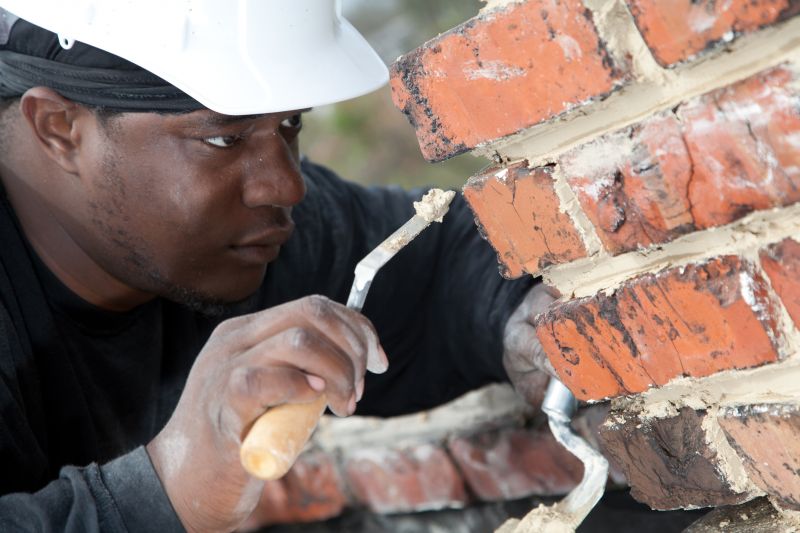
Work during early morning or late evening helps avoid heat-related issues.
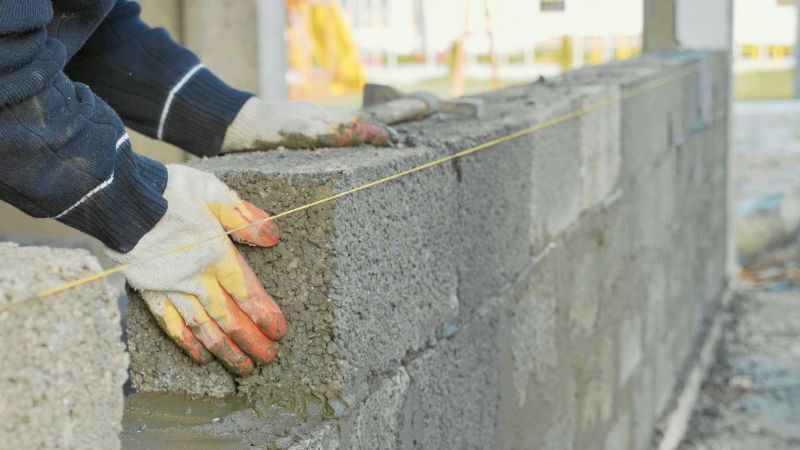
Freezing temperatures can cause mortar to fail; work is generally limited during this season.
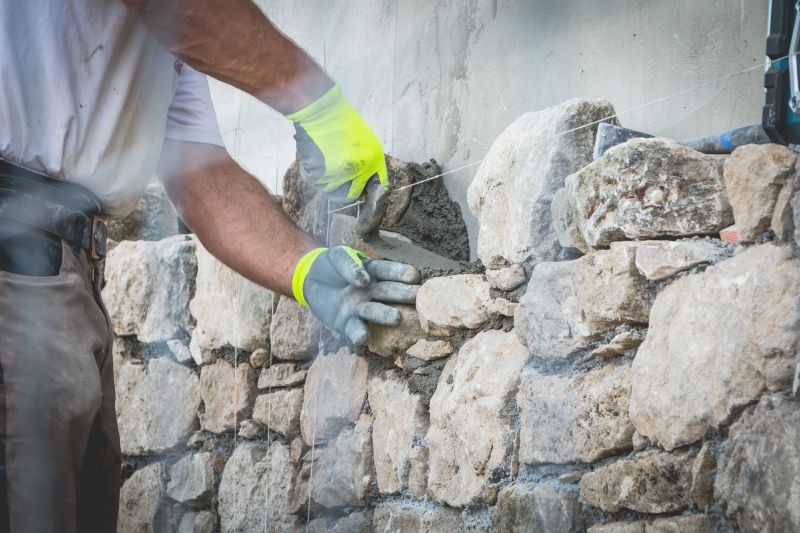
High-end options that actually feel worth it for Masonry Service.

Finishes and colors that play nicely with Masonry Service.

Little measurements that prevent headaches on Masonry Service day.
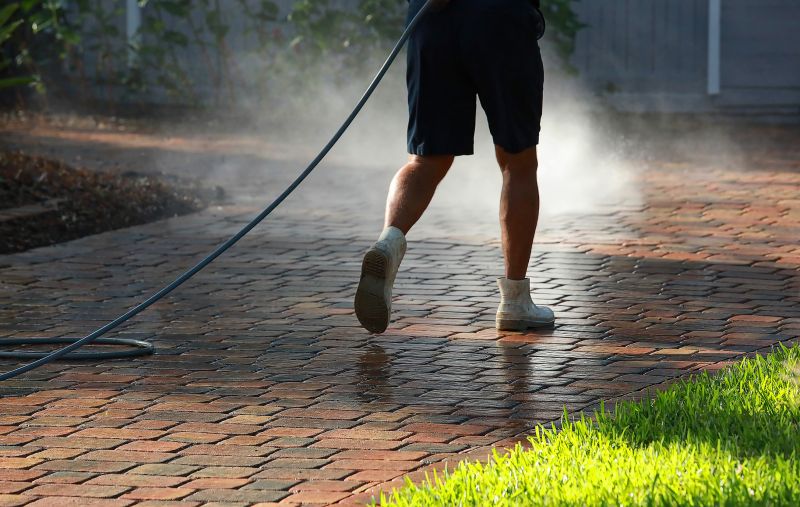
A 60-second routine that keeps Masonry Service looking new.
Properly timed masonry work enhances structural integrity and aesthetic appeal. It is essential to consider local climate patterns to determine the best window for performing masonry services. This approach minimizes potential issues related to weather and ensures long-lasting results.

